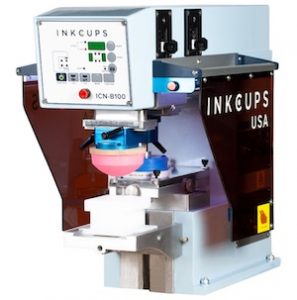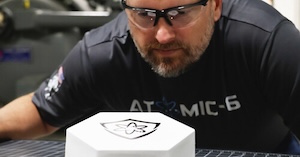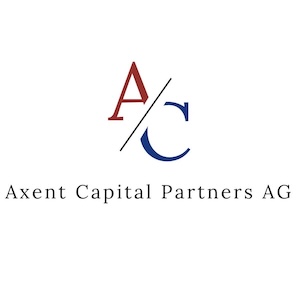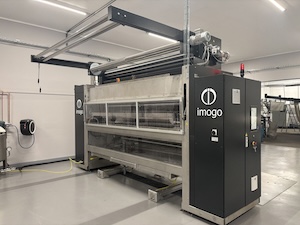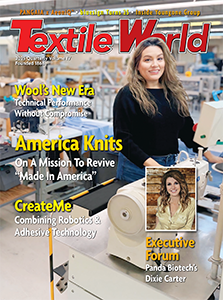 SEOUL, South Korea — October 20, 2025 — United by a shared vision for sustainable innovation, Hyosung TNC, the world’s largest manufacturer of elastane by market share, and Lenzing Group, a leading global producer of regenerated cellulosic fibers for the textile and nonwovens industries, have partnered to launch a yoga fabric collection that blends certified low-impact fibers [1] [2], performance designed for modern movement, and inspiration from nature [3].
SEOUL, South Korea — October 20, 2025 — United by a shared vision for sustainable innovation, Hyosung TNC, the world’s largest manufacturer of elastane by market share, and Lenzing Group, a leading global producer of regenerated cellulosic fibers for the textile and nonwovens industries, have partnered to launch a yoga fabric collection that blends certified low-impact fibers [1] [2], performance designed for modern movement, and inspiration from nature [3].
 The new collection will make its debut at Performance Days Munich, this October 29-30, where both Hyosung TNC and Lenzing will showcase yoga inspired concept garment range designed by Hyosung TNCs Fashion Design Center, made with various blends of Lenzing’s TENCEL™ and LENZING™ ECOVERO™ made with REFIBRA™ technology and Hyosung TNC’s certified regen® BIO Elastane partly made with renewable resources, 100% recycled regen Elastane, and CREORA® Color+ Elastane.
The new collection will make its debut at Performance Days Munich, this October 29-30, where both Hyosung TNC and Lenzing will showcase yoga inspired concept garment range designed by Hyosung TNCs Fashion Design Center, made with various blends of Lenzing’s TENCEL™ and LENZING™ ECOVERO™ made with REFIBRA™ technology and Hyosung TNC’s certified regen® BIO Elastane partly made with renewable resources, 100% recycled regen Elastane, and CREORA® Color+ Elastane.
“I truly believe that the future of performance textiles lies in collaborative innovation. Our partnership with Hyosung TNC beautifully illustrates this idea, exemplifying how material innovation and cross-industry collaboration can accelerate the transition to bio-based, traceable, and scalable alternatives—delivering on both technical excellence and environmental responsibility,” said Nicole Schram, Lenzing’s Head of Global Technical Development. “They bring years of expertise in elastane, while we contribute our innovative cellulosic fibers. What really excites me is how we’re both reimagining material science with a focus on sustainability [1] [2] [3]. “With this yoga collection, we’re not just blending fibers, we’re showing how working together can accelerate the entire industry toward resource-efficient practices [1] [2].”
“We’ve had many brand partners approach us looking for a sustainably made elastane that would help them tell a fully biobased material story,” said Simon Whitmarsh-Knight. “We believe our regen® BIO Elastane uniquely pairs with Lenzing’s luxurious wood-based fibers [4] to create this perfect sustainable solution. Collaborative partnerships are essential as the textile industry strives for innovative and high-performance solutions across the value chain to meet brand and consumer sustainability objectives.”
On October 30th (Day 2) at 14:00 in the Performance Days Circularity Zone, Lenzing will be moderating a panel discussion titled Power of Collaboration – Driving Sustainable Innovation through Strategic Partnerships joined by Simon Whitmarsh-Knight and Lenzing colleagues from Südwolle and OceanSafe.
regen™ BIO Elastane – From Nature To Performance Fiber
Also at Performance Days, Hyosung TNC will highlight its expanded regen™ BIO Elastane range made of renewable content and inform attendees on the transition of the fiber’s feedstock from corn to sugarcane, which enables lower carbon emissions without sacrificing performance.
Hyosung announced its partnership with sustainable materials leader, Geno, to produce Bio-BDO derived from sugarcane, powered by Geno’s proprietary BDO technology, at its Vietnam plant. This initiative is under development, with the potential of producing up to 50,000 tons of bio-BDO by the end of 2026.
“For the first time, the industry will have an integrated supply of bio-based elastane in one region, from raw material to fiber,” said Simon Whitmarsh-Knight, Hyosung Global Sustainability Director -Textiles. “This means faster market delivery, shorter development times, and a stronger supply chain for partners.”
The company has joined the VIVE Sustainable Supply Program, to ensure full traceability and transparency from sugarcane farms to fiber production. Robin Cooper, VIVE Senior Manager of Regenerative Agriculture and Simon Whitmarsh-Knight in workshop on October 29th (Day 1) at 16:00 titled Hyosung TNC’s regen™ BIO Elastane: Advancing Circularity and Traceability with the VIVE Platform. This seminar explores Hyosung’s regen™ BIO elastane initiative, focusing on the shift in feedstock from corn to sugarcane. It will outline the environmental benefits and verification of raw material traceability through the VIVE Program.
CREORA® Functional Textiles – Designed For Trends Shaping Tomorrow
Continuously innovating, Hyosung TNC anticipates what consumers expect from their performance apparel, which includes multi-functional characteristics to keep wearers cool, fresh and comfortable with style.
In addition to its regen™ BIO Elastane range, Hyosung TNC will present materials with new performance fibers to include CREORA® Conadu Polyester, offering the soft, natural feel of cotton combined with comfortable stretch, and CREORA® EasyFlex Elastane, that offers a luxurious soft feel, and allows for size inclusivity where one size can fit various body types with lower power and better retention rate for extra comfort.
Hyosung TNC Performance Days stand will be in Hall A2, booth L17.
[1] TENCEL™ Lyocell and LENZING™ ECOVERO™ fibers are made with at least 50 percent less carbon emissions and water consumption, compared to generic (unbranded) lyocell and viscose. The results were calculated according to LCA standards (ISO 14040/44) and are made available via the Higg Materials Sustainability Index (MSI) v3.10 (April 2025).
[2] LENZING™ ECOVERO™ fibers produced with REFIBRA™ technology use cotton textile waste as a raw material, in addition to wood. The fibers contain a minimum of 20% recycled material, which is sourced from pre- and post-consumer waste. These cotton scraps could have otherwise entered landfills or been incinerated. LENZING™ ECOVERO™ fibers produced with REFIBRA™ technology also meet the Recycled Claim Standard.
[3] To foster a sustainable global textile and nonwovens industry, Lenzing follows three strategic principles within the context of its “Naturally Positive” sustainability strategy, which focuses on greening the value chain, driving systemic change and advancing the circular economy through partnerships with key industry stakeholders, such as Textile Exchange, Cascale, Canopy, Together for Sustainability, Renewable Carbon Initiative, and UN Global Compact.
[4] Adhering to the company’s commitment to environmental protection and resource preservation, Lenzing procures wood and pulp only from certified or controlled sustainable sources. In its Wood and Pulp Policy, Lenzing is committed to procuring wood and pulp exclusively from non-controversial sources. FSC® (FSC-C041246) or PEFC (PEFC/06-33-92) certification.
Posted: October 20, 2025
Source: Hyosung TNC
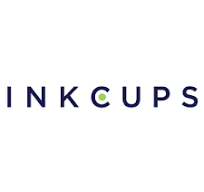 DANVERS, Mass. — September 30, 2025 — Global printing industry supplier Inkcups will showcase its pad printing and plate making technologies at ITMA Asia + CITME, the region’s leading event for sourcing technologies across the entire textile and garment supply chain.
DANVERS, Mass. — September 30, 2025 — Global printing industry supplier Inkcups will showcase its pad printing and plate making technologies at ITMA Asia + CITME, the region’s leading event for sourcing technologies across the entire textile and garment supply chain.